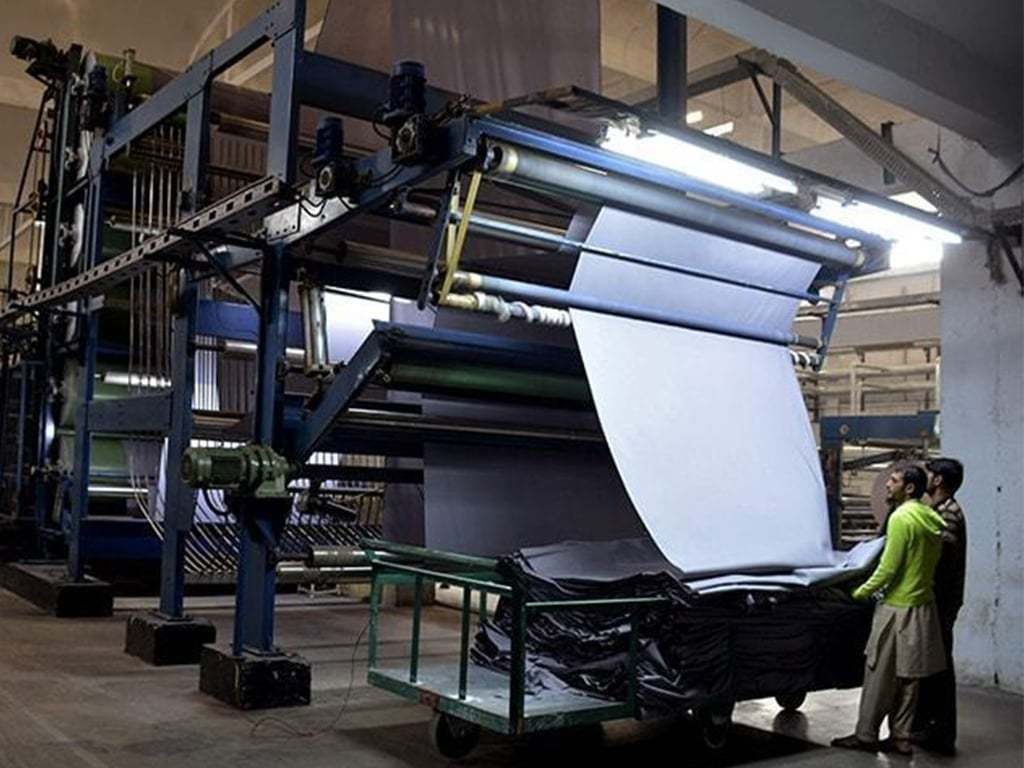Feelings of bloom and gloom are coming before the autumn season. Fears of growing imports and slipping current account deficit have gripped discourse on mainstream media. In the midst, the story of textile exports growth taking off has been largely missed. Back in 2018, BR Research had noted that textile exports can grow up to $20 billion in 3-4 years, provided government provides the right incentive structure. (For details, read: “Textile ready to take off”, published on 14th December 2018).
It appears that textile exports are finally indeed taking off. According to PBS data, textile group exports crossed $15 billion during FY21. The federal government is convinced that exports shall cross $20 billion in FY22. Textile industry lobbyists insist that for exports growth to maintain its momentum, incentive structure must ensure provision of energy on regionally competitive pricing, flexible exchange rate, and availability of long-term finance at concessionary markup.
Back in 2018, this space had mentioned that China is moving away from textile while USA is looking to reduce reliance of its textile imports from China for strategic reasons. Fortunately for Pakistan, the pandemic has not altered the strategic outlook on textile of these two economic superpowers. The change in international trade tailwinds could not have come at a better time for Pakistan. Since PTI came to power, the regime has adopted a textile-friendly approach, making the environment conducive for exports growth.
Out of $800 billion world textile trade, China’s share is one third. Recently, China is moving from low value-added exports, as labor and other factors of production are becoming expensive, and the government is moving away from subsidies to exports.

Buyers in the West are recognizing the new reality as retail margins are also squeezing. Thus, in general, buyers are looking for suppliers that can enhance supplies at current pricing. If Pakistan secures even a small fraction of China’s share, its textile exports could double. Buyers moving away from China can either move to Bangladesh, Viet Nam, India, or with any luck Pakistan. The requisite infrastructure already exists in these nations, while exporters have access to cheap labour. Moreover, the shutdown of industrial base in Bangladesh during Covid has cemented the belief that buyers need to diversify supplier-base. Thus, Pakistan stands to gain from this paradigm shift in buyer strategy.
It appears that the textile sector is also gearing up for grab. Anecdotal evidence based on a conversation with a knitwear manufacturer reveals that the company has increased capacity by over three times in the past few years. According to the company, buyers are willing to double the size of purchase orders if the exporter can meet timely delivery. Thus, the company is convincing spinners to expand so raw material for knitwear is in abundant supply.
The textile industry demands that exchange rate must be priced at fair-value, which means that REER must hover at 100. Moreover, the industry demands energy – gas and electricity - at regionally competitive rates. While the third demand is long term concessionary financing. So far since PTI came to power, all three building blocks have been in place and appear to be paying dividends (based on textile growth). A little over half of TERF is utilized by textile players. LTFF is another avenue for exporters where textile has lion’s share. During 2MFY22, textile machinery imports have witnessed 160 percent growth over same period last year, which is indicative of the ongoing expansion within the sector.
However, export growth is not fully reflecting in the first two months of FY22. According to the industry, container shortages are delaying shipments; exporters claim that their warehouses are full of inventory ready for export. Textile exports stood at $3 billion during 2MFY22, which translates into $18 billion or 20 percent increase on annualized basis.
At the same time, textile lobbyists advocate that SBP needs to revisit its markup subsidies to exporters. There are two kind of subsidies – one is Export refinance scheme (ERF) and the other is long term financing facility (LTFF). ERF was introduced several decades ago when export dynamics were very different. Exporters can get dollar financing against shipments at subsidized rates which allows them to hedge against adverse currency movement. According to sources, exporters that heavily rely on ERF have a tendency to retain dollars outside Pakistan till the six-month limit expires, and in turn are able to gain from currency depreciation. The legacy structure of ERF needs to be revisited and brought in line with subsidized short-term financing offered by other countries.
























Comments
Comments are closed.